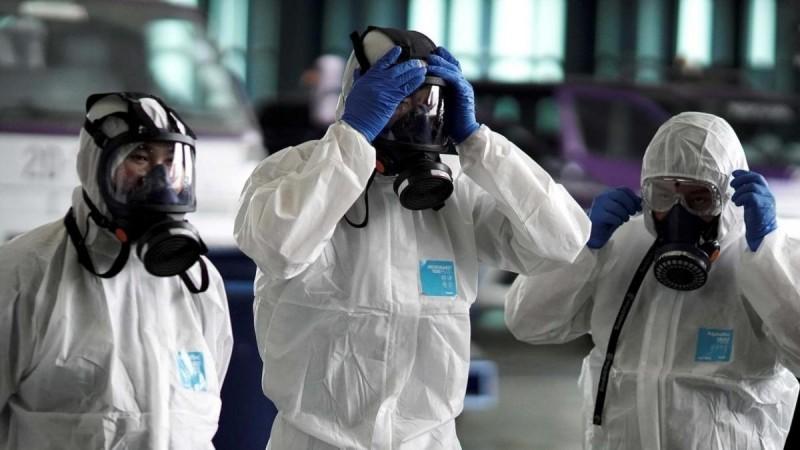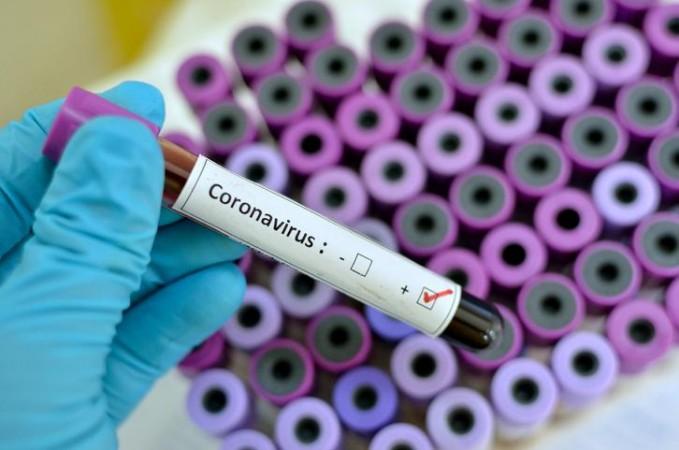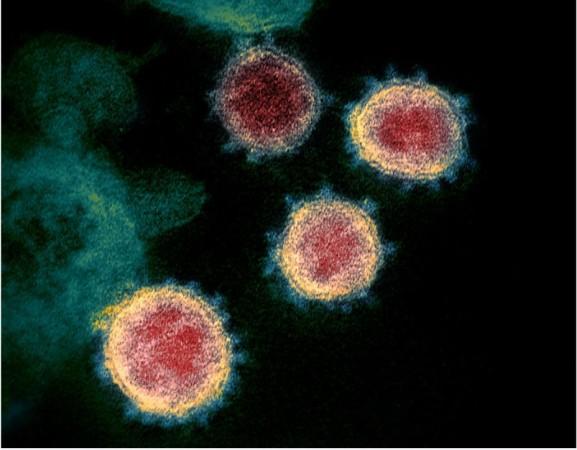The speculation surrounding the origin of the new coronavirus is rife with different theories despite claims by the scientific community that the virus has jumped from animals to humans. What animal it was, that still is the matter of an ongoing investigation.
Nevertheless, the spread of rumours in regards to the origin of the coronavirus, it's not only wrong to disseminate incorrect information but it can also jeopardize the ongoing research, and medical response to contain the disease.
Crosschecking-scientific publication on the matter
To dispel the doubt on the matter we refereed to two studies published by the medical journal Lancet. The journal has been involved in studying and sharing new research on identifying the pathogen behind coronavirus outbreak ever since it was first reported in Wuhan, China in 2019.

Study 1: Zoonotic origin
In the first study published by Lancet on January 24, it found that the genome of the virus taken from patients in China had a zoonotic origin, meaning it jumped from animal to humans.
Further study revealed that the virus in all the patients was extremely similar (99%) that it appeared to have recent origin...meaning they may have been infected in a very short period of time since the first case came to notice.
The study also found that the coronavirus (2019-nCoV) was closely related (with 88% identity) to two bat-derived viruses found in SARS-like coronaviruses bat-SL-CoVZC45 and bat-SL-CoVZXC21.
Though the study didn't it similar to SARS-CoV, it revealed that that "bats might be the original host of this virus, and an animal sold at the seafood market in Wuhan might represent an intermediate host facilitating the emergence of the virus in humans."
Study 2: Virus not man-made
Collaborating the above find, in the second study published on Feb 16, the researches tried to find out if the virus could have been manufactured in the lab in China. The researchers found nothing that supported the idea of manufacturing viruses in the lab.

To cross-check that hypothesis the researchers had expected a certain pattern to be followed by the pathogens should there have been a case of manufactured viruses.
"If genetic manipulation had been performed, one would expect that one of the several reverse genetic systems available for beta coronaviruses would have been used. However, this is not the case as the genetic data shows that SARS-CoV-2 is not derived from any previously used virus backbone" according to the author of the study.
The researchers concluded that the biochemical makeup of the virus could only have come about in two ways:
(i) Natural selection in a non-human animal host prior to zoonotic transfer, and
(ii) Natural selection in humans following a zoonotic transfer.
Which way it went is still being researched upon by the scientists but there is no denying that the coronavirus came from animals.
Rumors of coronavirus as bioweapon:
Many scientists have rejected the notion that new coronavirus has been developed as a bioweapon.
Pushing back against the rumors of a man-made virus to cause harm a group of prominent scientists has written condemning this spread of false information.

The scientists wrote, "The rapid, open, and transparent sharing of data on this outbreak are now being threatened by rumors and misinformation around its origins. We stand together to strongly condemn conspiracy theories suggesting that COVID-19 does not have a natural origin. Scientists from multiple countries have published and analyzed genomes of the causative agent, severe acute respiratory syndrome coronavirus 2 (SARS-CoV-2),1 and they overwhelmingly conclude that this coronavirus originated in wildlife as have so many other emerging pathogens."
Role of Wuhan Institute of Virology:
They also shoot down innuendo by some that the Wuhan Institute of Virology is behind the outbreak of the coronavirus. Without naming it, the group condemned such speculation that the virus was engineered in the lab by humans as a bioweapon.
Experts say the emergence of the coronavirus in level 4 (the highest biosafety level) laboratory in Wuhan, China, is improbable and that origin of the virus and the presence of the institute in the same city of Wuhan is merely a coincidence.
Safety protocols in WIV:
Many American and European scientists who have worked in the Wuhan laboratory said the safety protocols in the institute are equivalent to labs in Europe and the US.

The more plausible reason according to the scientific community is that the city of Wuhan also has a big seafood market where live wild animals are sold as food. The possibility of the new virus- that has similar genetic makeup as other viruses found in bats (about 96 percent)-jumping to humans is more convincing than it being a man-made virus manufactured in the lab.
Coronavirus is not a bioweapon
Scientists around the world said that the possibility of coronavirus manufactured as a bioweapon is highly unlikely.
For one, coronavirus is not that deadly or transmissible. With a mortality rate of just 3 percent, coronavirus is far less fatal than other deadly diseases like Ebola, West African Lassa that can be studied just in level 4 laboratory.
Coronavirus death rates are even lower than SARS and MERS that infected the world population with 10 percent and 35 percent mortality rate in 2003 and 2012 respectively.
"To make it as a bioweapon, if that's what you wanted to do, there are scarier and more virulent pathogens to work with," Keusch of Boston University told Vox.
In other words, there are other deadly pathogens that could have been used as bioweapons if that would have been the intention.
Our research concludes that the new coronavirus, Covid-19, IS NOT A BIOWEAPON.





!['Had denied Housefull franchise as they wanted me to wear a bikini': Tia Bajpai on turning down bold scripts [Exclusive]](https://data1.ibtimes.co.in/en/full/806605/had-denied-housefull-franchise-they-wanted-me-wear-bikini-tia-bajpai-turning-down-bold.png?w=220&h=138)



